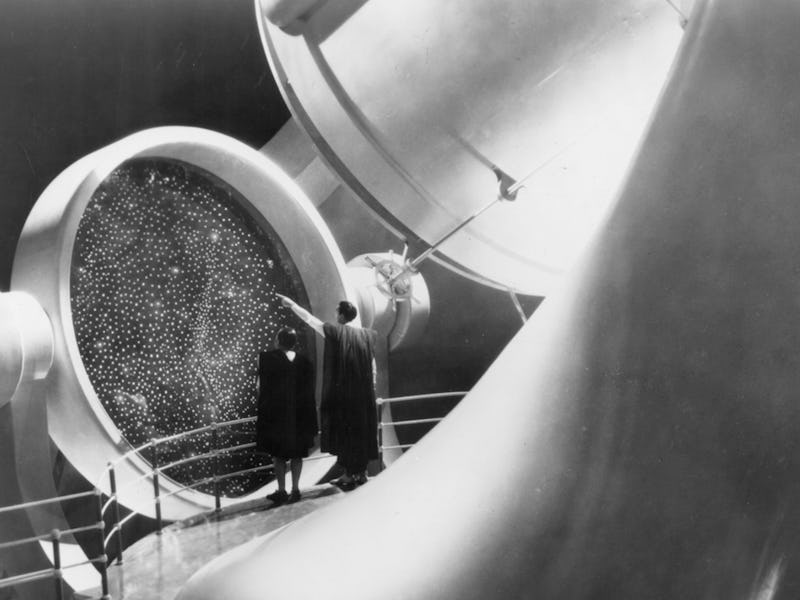You need to watch the most underrated dystopian movie on Amazon Prime ASAP
It’s time to revisit this underrated 1936 sci-fi classic.

What did it get right? What did it get wrong?
Asking those questions is one of the great joys of watching retro science-fiction films. Plenty of iconic sci-fi movies of decades past have taken it upon themselves to envision what our future might look like, and being alive in 2021 means that audiences are getting to see just how accurate or inaccurate some of those films were in predicting life in the 21st century.
That’s not entirely the case with Things to Come. While this 1936 sci-fi classic starts its story in the year 1940, the film goes on to depict nearly 100 years of turbulence, struggle, and human progress before coming to a close in 2036. In other words, we’ve already gotten to see how most of the “tomorrow” depicted in Things to Come actually went, but there’s still a part of the film’s futuristic vision that has yet to be proven wrong.
An underrated British sci-fi production, Things to Come is available to stream now on Amazon Prime. Here’s why it’s worth seeking out.
Things to Come opens on Christmas Day in 1940. After spending its first few minutes introducing some of its central characters, the film quickly throws them — and the surrounding world — into total chaos. A second world war breaks out early on in the film and, as Things to Come meticulously depicts, this conflict goes on for decades and decades. Eventually, in a chilling parallel to George Orwell’s 1984, the film catches up with a world that has been at war so long its citizens have forgotten why they started fighting in the first place.
Through this wartime section, Things to Come takes the time to not only critique and highlight the barbarity and absurdity of war, but also to warn of fascistic movements and leaders that in real life eventually did come to power at various points throughout the 20th century. The film envisions a world in which all modern governments have collapsed and humanity has wholly embraced tribalism. It’s a vision of life on Earth that, in 2021, is hard to shake.
However, unlike other dystopian sci-fi classics, Things to Come doesn’t end with humanity in ruin. Instead, the film sees civilization saved (for the most part) through unity and moral leadership in a manner that’s not only surprising but genuinely moving. The film’s closing act then shifts its focus from the terrors of war to issues of societal progress and technological advancement.
It’s an unexpected tonal and thematic transition, but one that allows Things to Come to end by addressing even more of the philosophical issues that have been at the center of modern society for decades now.
Written by sci-fi icon H.G. Wells and directed by William Cameron Menzies, Things to Come was made in 1936 — two years before the start of World War II.
Despite the timing of its release, the film was not only able to predict the arrival of a second global conflict but also capture something truthful about the ongoing, ambiguous, unending military conflicts that have plagued humanity since. To top things off, the film’s explorations of technology and its ever-evolving relationship with humanity feel just as important to contemplate now as they did back in 1936 — if not more so.
All of this is to say that, if you’re asking how much H.G. Wells got right about humanity’s future when he wrote Things to Come, that answer is complicated. He got a lot wrong, but there’s more truth to Things to Come than is comfortable to contemplate. It’s one of the most prescient and philosophically rich sci-fi films ever made, deserving of the kind of renewed appreciation that, thankfully, its presence on streaming services may finally be able to provide.
If you haven’t yet seen it, there’s no better time to turn on Things to Come than right now.
Things to Come is available to stream now on Amazon Prime.
This article was originally published on